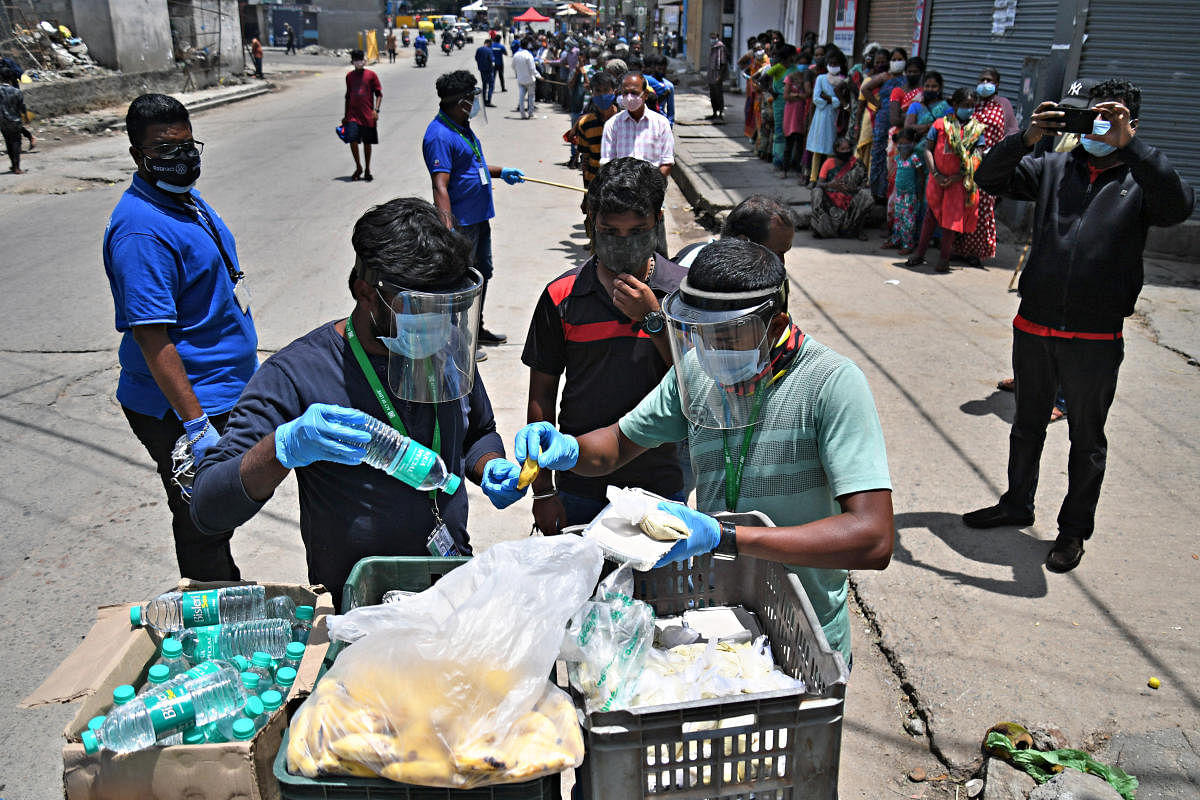
Covid-19 patient discharges are outstripping new cases being found daily, with officials describing the development as a sign of the state’s recovery from the second wave.
On Sunday, Health Minister Dr K Sudhakar tweeted the highlights of the Covid-19 bulletin, which reported 25,659 discharges, double the cases (12,209) found on the day.
The trend first began on May 22 in Bengaluru Urban, where the number of discharges has generally been exceeding new cases by a factor of between three and five.
Dr Sudhakar said the state conducted 1.58 lakh tests in the last 24 hours, with Karnataka’s test positivity rate (TPR) falling by two points in a day to 7.71 per cent.
BBMP Chief Commissioner Gaurav Gupta said even though graded unlocking may happen over the course of the next two months, it did not mean, for example, that a person could go to a pub for a drink anytime soon.
“There may be a reduced sense of fear of Covid-19 now, but the public will have to stay vigilant. It took a significant amount of effort, including large-scale collaborations by officers, officials, medical staff and the public to bring the surge under control,” he said.
He added that testing would also be maintained at high levels. “The thumb rule is about 10,000 tests per 1,000 cases. To be on the safer side, we would increase the number of tests to 20,000 tests per 1,000 cases. So, if we had 2,000 cases daily, we would be conducting about 40,000 tests,” he said.
Despite the pandemic’s downward trend, an analysis by the independent Jeevan Raksha analysis think-tank found that Bengaluru Urban continues to have the highest death moving growth rate among major cities in India.
“This indicates a shorter doubling period and increase in average daily number of deaths. On the contrary, the average daily caseload has decreased by over 80%. This pattern is possible due to inadequate and timely testing,” a Jeevan Raksha report released on Sunday stated.
Furthermore, the city’s actual active caseload continues to be slightly higher than normal as per projections carried out internally by the BBMP War Room and by independent data modelers.
As per a mathematical model developed at the Indian Institute of Science (IISc), the decline of the active caseload has not been adequate enough to show effective containment.